Gas-electric hybrid cars have become a popular choice for people who want an electric vehicle, without the limitations often associated with fully electric cars. These vehicles, equipped with dual drivetrains – one electric and one gas-powered – offer a more complex alternative to their all-electric or all-gas counterparts.
When operated primarily on electric power, the underutilized gas system minimizes wear and tear, increasing durability. However, infrequent use of the gas system can lead to ethanol-related problems, especially if drivers neglect to replace the gas regularly, leading to potential complications in the fuel delivery system.
I currently own a Volvo XC60 Recharge Plug-in Hybrid, and through my experience, I’ve discovered that a minimum range of more than 30 miles is needed to achieve maximum power consumption. The closer you get to the 100 mile range, the less dependent the gas engine becomes. This makes fully electric cars ideal as second vehicles, while gas or plug-in hybrids act as primary or secondary cars.
Let’s explore the world of plug-in hybrid cars, focusing on their technology and some notable models. Additionally, we’ll conclude with our Product of the Week: The Black Diamond Gaming Keyboard, a personal favorite from December.
Understanding Hybrid Car Technology
Hybrid cars come in a variety of forms, with early models using a secondary electric system for higher efficiency, allowing for a smaller, more fuel-efficient engine. This approach is now mainly reserved for supercars and specialty vehicles like the new Corvette E-Ray.
Current hydrogen-powered cars can be considered hybrids, in which hydrogen is used to power a generator that charges the batteries. Promising in theory, their limited fuel ecosystem makes them a great choice over pure electric cars.
Plug-in hybrid cars, the most common type, feature both gas engines and electric motors in the same vehicle. Unlike early electric cars with gas-powered range extenders, modern plug-in hybrids strike a balance between gas and electric power without compromising luggage space.
These vehicles can have both motors attached to the same drivetrain or, as in the case of my Volvo XC60, a design where the gas engine drives one set of wheels, while the electric motor powers the other. This vehicle segment offers a wider range than pure electrics, often exceeding the range of traditional gas cars.
Because plug-in hybrids have small batteries, home charging typically takes less than 10 hours, making them a practical choice for everyday use. While fully electric cars may take longer to recharge at home, plug-in hybrids offer a good compromise between electric and gas-powered convenience.
Top Plug-in Hybrid Cars
Polestar 1
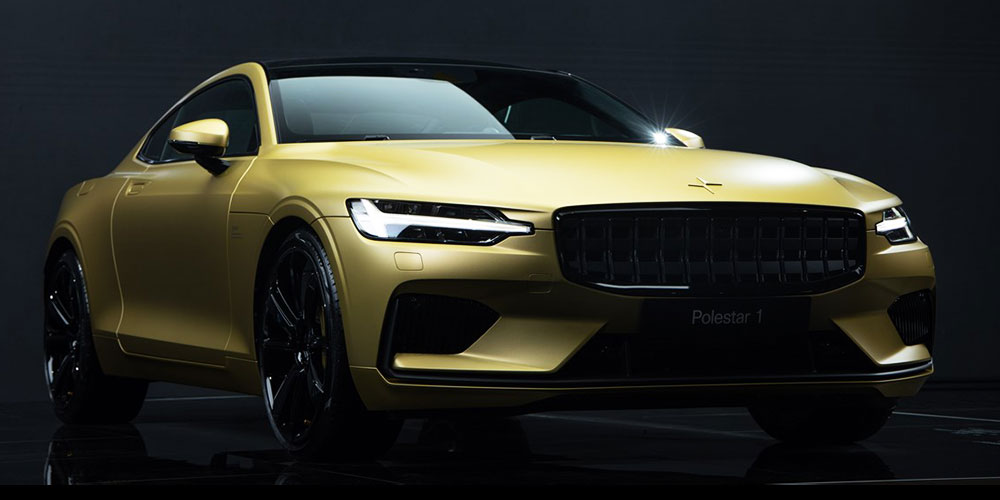
Recognized for its impressive 52 EPA miles in pure electric mode, the Polestar 1 stands out as an advanced plug-in hybrid.
Priced at $150,000, it offers a combination of style, performance, and exclusivity.
With 600 horsepower, 738 pound-feet of torque, and a 0-to-60 time of 4.3 seconds, it’s a practical sports car with a stunning design.
Range Rover Sport Autobiography
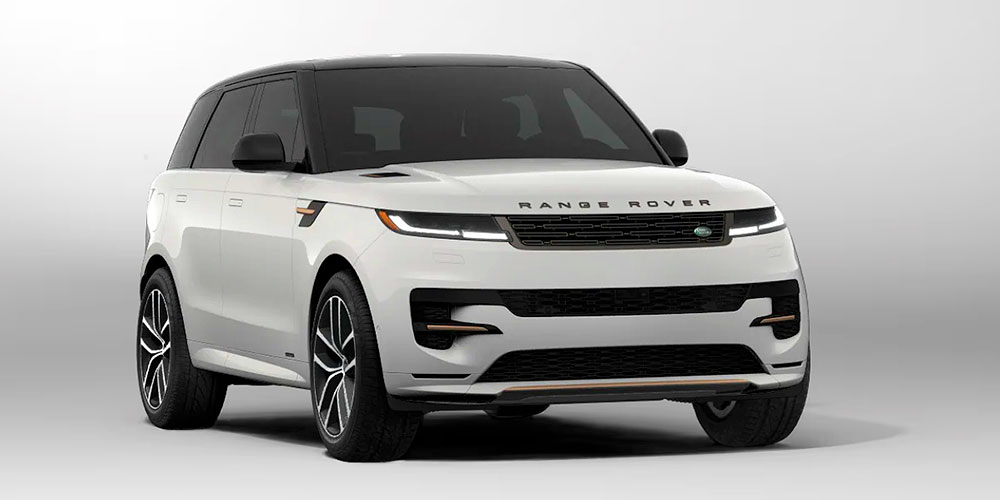
While part of Jaguar Land Rover’s transition to an all-electric product line, the Range Rover Sport Autobiography stands out as a high-performance, more affordable hybrid electric.
Pricedat just over $120,000, it delivers 543 horsepower, a certified electric range of 51 miles, and a 0-to-60 time of 4.7 seconds, making it an ideal choice for those looking to combine style and electric capabilities in an SUV.
BMW X5 xDrive50e
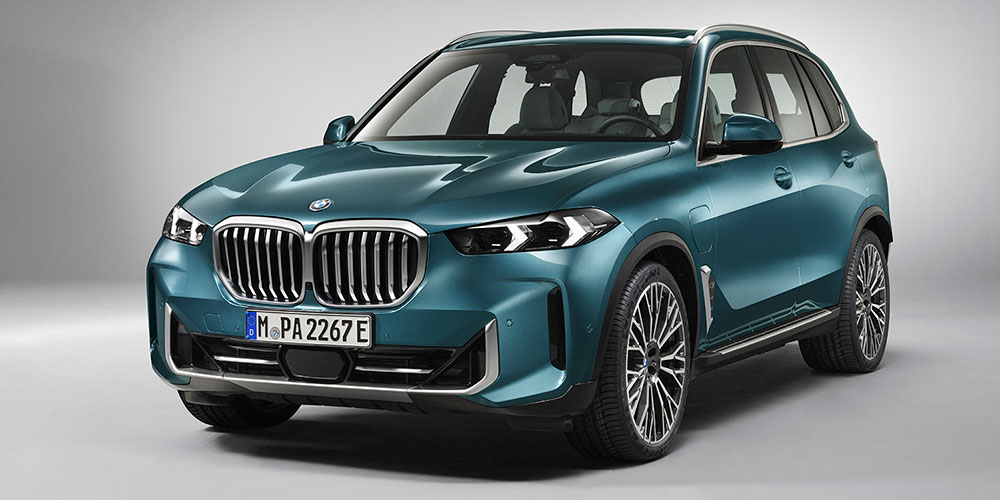
Priced at $73,000, the BMW X5 xDrive50e offers a balance of horsepower and torque with 483 horses and a 4.6-second 0-to-60 sprint.
While not as visually impressive as the Polestar or Range Rover, it offers practicality, storage capacity and a more budget-friendly option.
Volvo XC60 Recharge
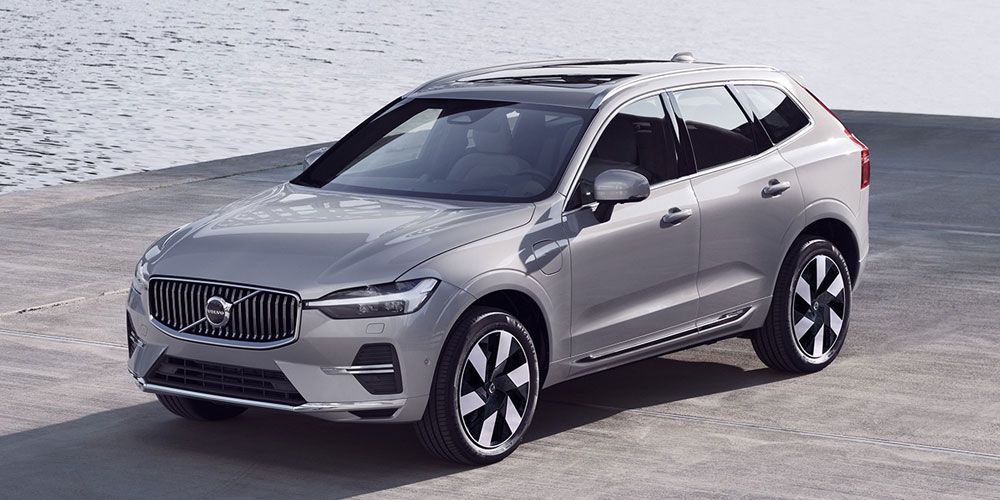
A personal favorite, the Volvo XC60 Recharge, boasts a total range of over 500 miles, making it a real bargain in the plug-in hybrid segment.
With 455 horsepower, a 5.9-second 0-to-60 time, and prices starting in the low $40,000 range, it combines performance, practicality, and a hassle-free ownership experience.
Toyota Prius Prime
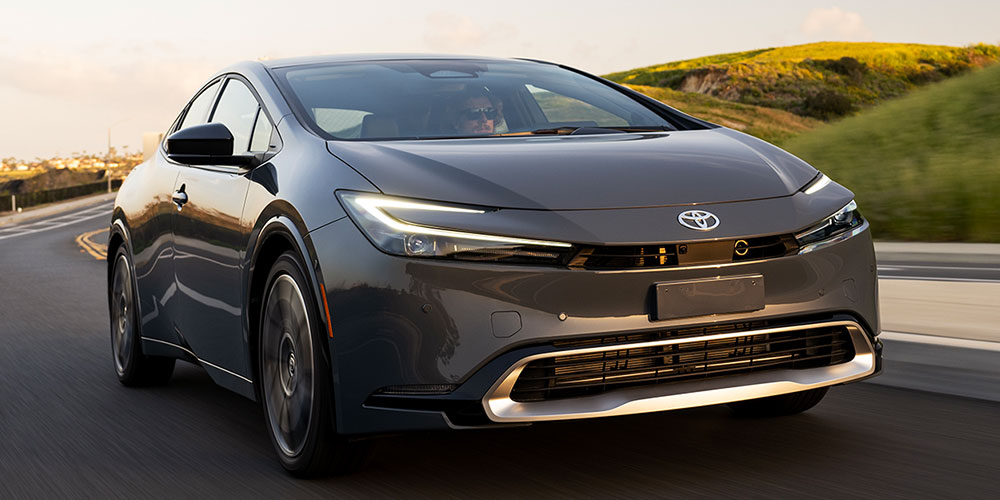
Known for its value, the Prius Prime is available in three models with base MSRPs ranging from $32,975 to $39,670.
While not a performance car with a 6.6-second 0-to-60 time, it shines in practice, offering an EPA-estimated 44 miles of all-electric driving range – for those who prioritize gas mileage and longevity. is an excellent choice.
The world of gas-electric hybrid cars offers diverse options to suit different preferences and needs. Whether looking for high-performance luxury or focusing on performance, there’s a plug-in hybrid model to suit different lifestyles.
Table of Contents

